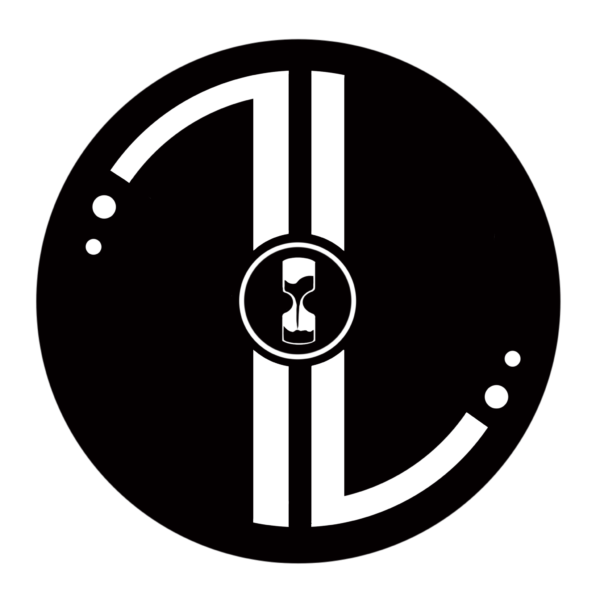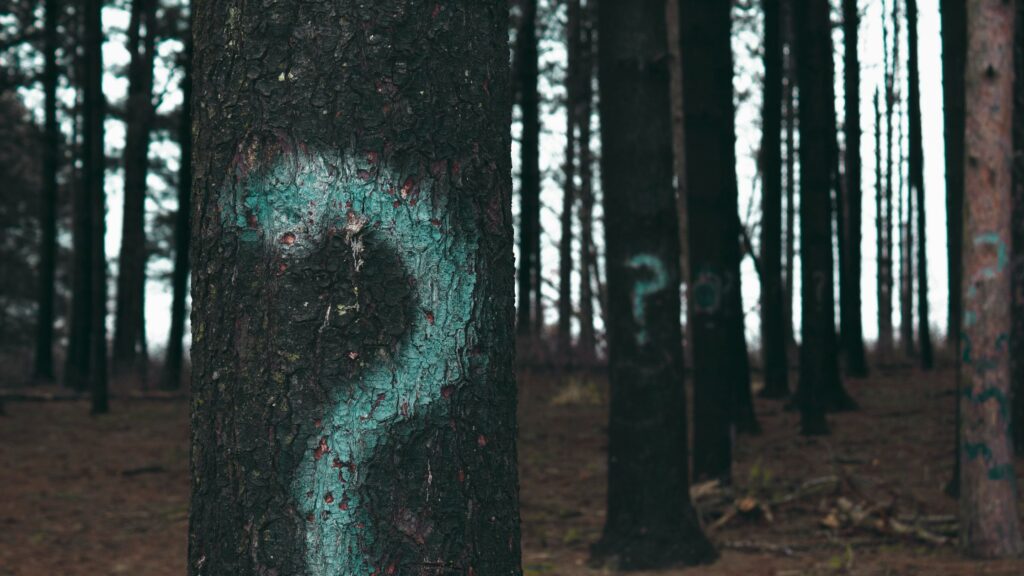The world of philosophy is full of different theories and answers that shed some light on the numerous questions of life. However, from the very beginning, other philosophers and even the general public are aligned with their values. These moral values form the pillars of a thriving civilization. But how do human beings know what to do? Moreover, why do people assume the best of a particular moral principle? Well, this is the Ought problem.
The is-ought problem was coined by the Scottish Enlightenment philosopher David Hume. It generally deals with the inherent assumption of human beings when it comes to scientific discovery. For example, scientists know that certain chemicals are poisonous to human beings and can kill them. However, how does the scientist conclude that we should not give it? Science only tells about the nature of the chemical rather than what we ought to do with it.
Thus, it is a fun little gap that one can observe while performing different scenarios. You, too, can do this for a wide range of circumstances like moral values and whatnot. Lastly, let’s take a look at this problem and see the sort of paradox.
Is Ought Problem?
The world of ethics is a whole of assumptions, principles, logic, philosophy and even scientific reason. But the is-ought problem is a considerable challenge to grasp around. Also known as Hume’s guillotine, the problem was first published in his work titled, ‘A Treatise of Human Nature’. Since then, the paradox has played a significant role in the development of ethics and the presence of bias (religious morality) in one’s life.
Facts
The statements are factual and can be explained by the observational data conducted during the experiment. These are universal and can not be changed under any given circumstance. For example, the scientific laws of nature hold and do not change over time—there can be certain advancements and theories, but they are made by taking those laws as axioms. In the is-ought problems, the facts are derived from reasoning and scientific experimentation.
Values
Moral values are about doing good and acting in a certain way so that there is peace and harmony in the world. Our values and principles may seem simple, but there is no relation between the facts and values of our lives.
Think of it this way: why is it to kill people or harm someone? Clearly, there is no experimentation and facts that suggest that one ought not to kill.
The Gap
The gap in the is (which are the facts) and ought (the way we conduct ourselves in life) is comprehensive and needs a lot of clarity to fill. One way is to put religion and god in between. However, it’s not possible when we are taking God out of the equation. And it can be frustrating, even for the most brilliant and rational minds in the world.
Some Examples of Is-Ought Problems
The simple fact is that war is good for humankind since the tendency to conflict is a human instinct.
If nature does not make it, we shouldn’t have it.
I morally ought not to kill people indiscriminately, even if I want to do it.
Conclusion
The Is-Ought Problem, coined by Scottish Enlightenment philosopher David Hume, deals with the inherent assumption of human beings in scientific discovery. It addresses the gap between facts and values, which are universal and cannot be changed. The problem highlights the need for clarity in determining moral values and conduct in life.
Frequently Ask Questions (FAQs)
What is an example of the IS-ought problem?
A basic example of an ought problem is the principle of not committing a crime. Moreover, taking drugs and other harmful substances also falls in the same category.
What is the is-ought controversy?
The is-ought controversy sheds light on the morals and values whose conclusions are not related to the factual and observational data.
What does the is-ought fallacy state?
The is ought fallacy states the derivation of specific assumptions solely based on scientific data.
What is the discrepancy between an ought and an is?
There is a scientific observation that is the truth. However, it ought to suggest the living way of social animals—human beings.

